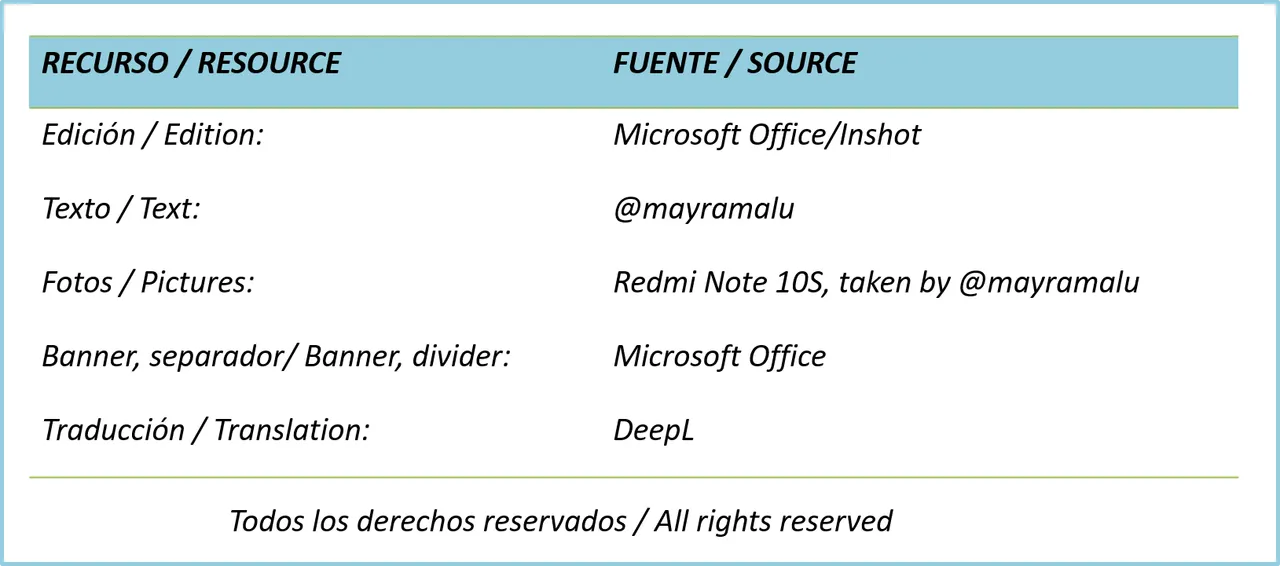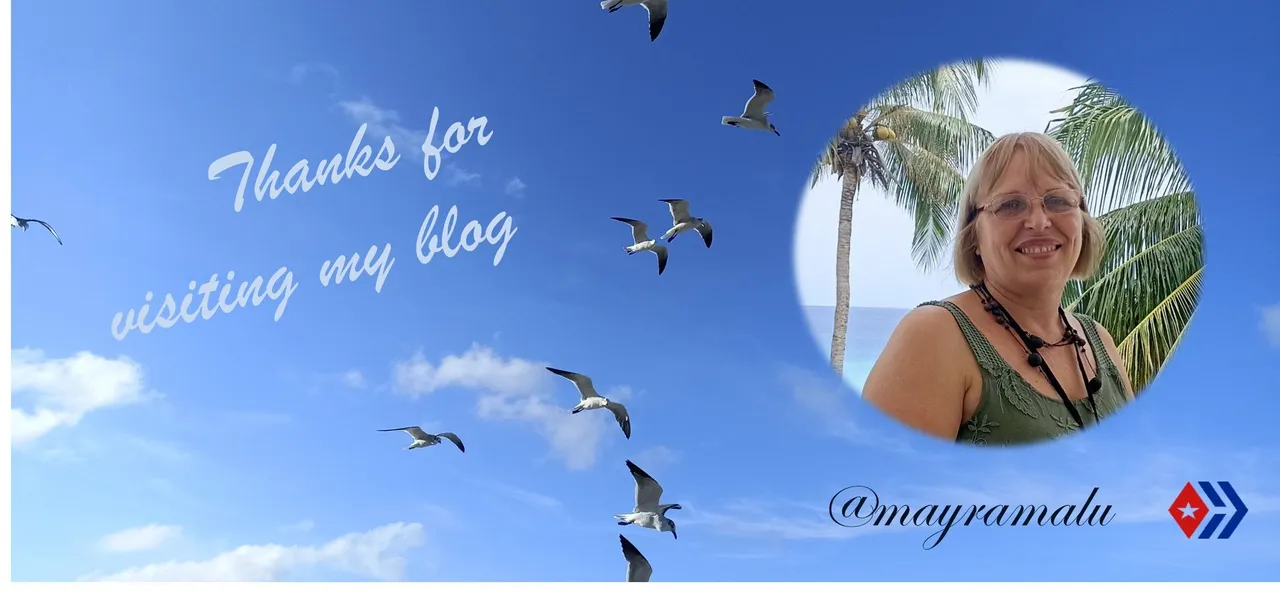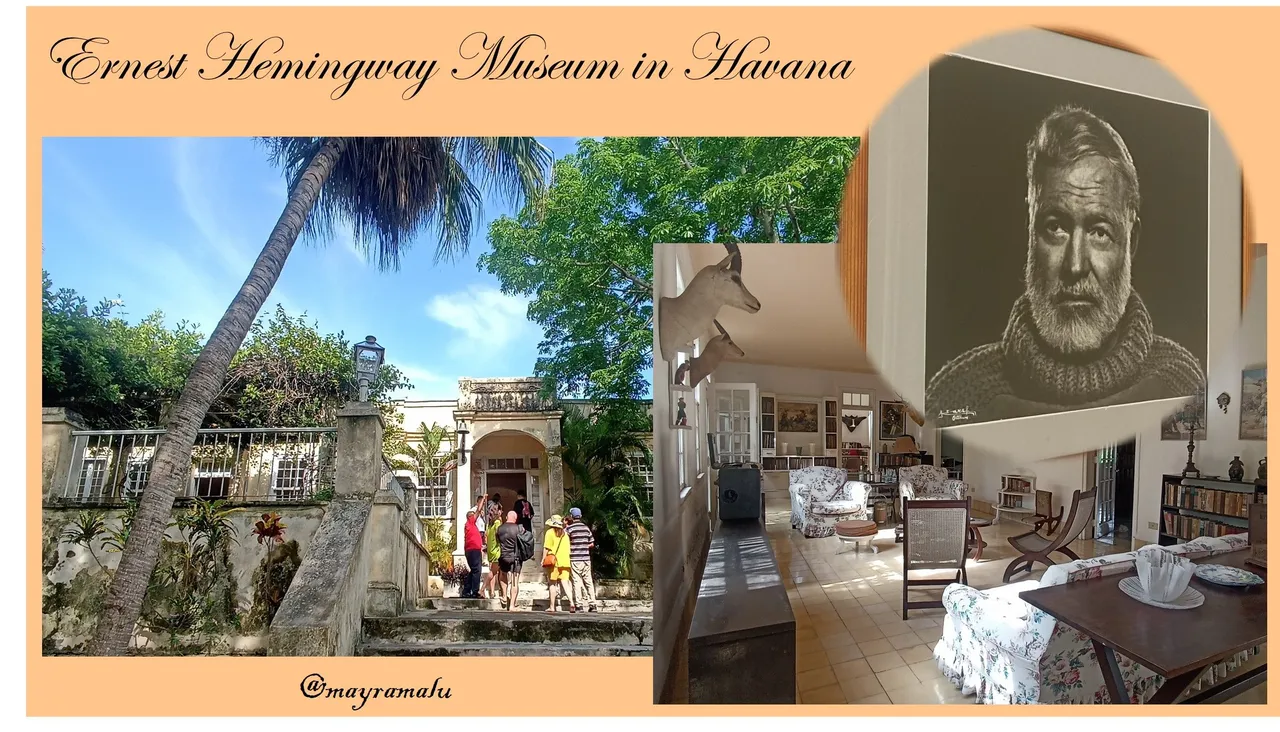
Dear friends of this beautiful community of Architecture+Design, today I have the great pleasure of sharing with you a very beautiful experience, it is a dream that I wanted to make come true for a long time and for different reasons I had not achieved it.
This weekend I visited with my husband the house where the great American writer Ernest Hemingway lived in Cuba for 21 years between 1939 and 1960. The house is located in Finca Vigía, on the top of a hill in the San Francisco de Paula neighborhood, on the outskirts of the city of Havana.
From the moment we entered the estate, every step we took was filled with great anxiety and a growing desire to reach his home and delve into the life story of this illustrious writer.
The dense vegetation welcomed us, we felt the coolness that gave us the shade of the trees, many of them mango, also abundant Royal Palm and Bamboo.
We found a map with the location of each section of the extensive 4 hectare farm.
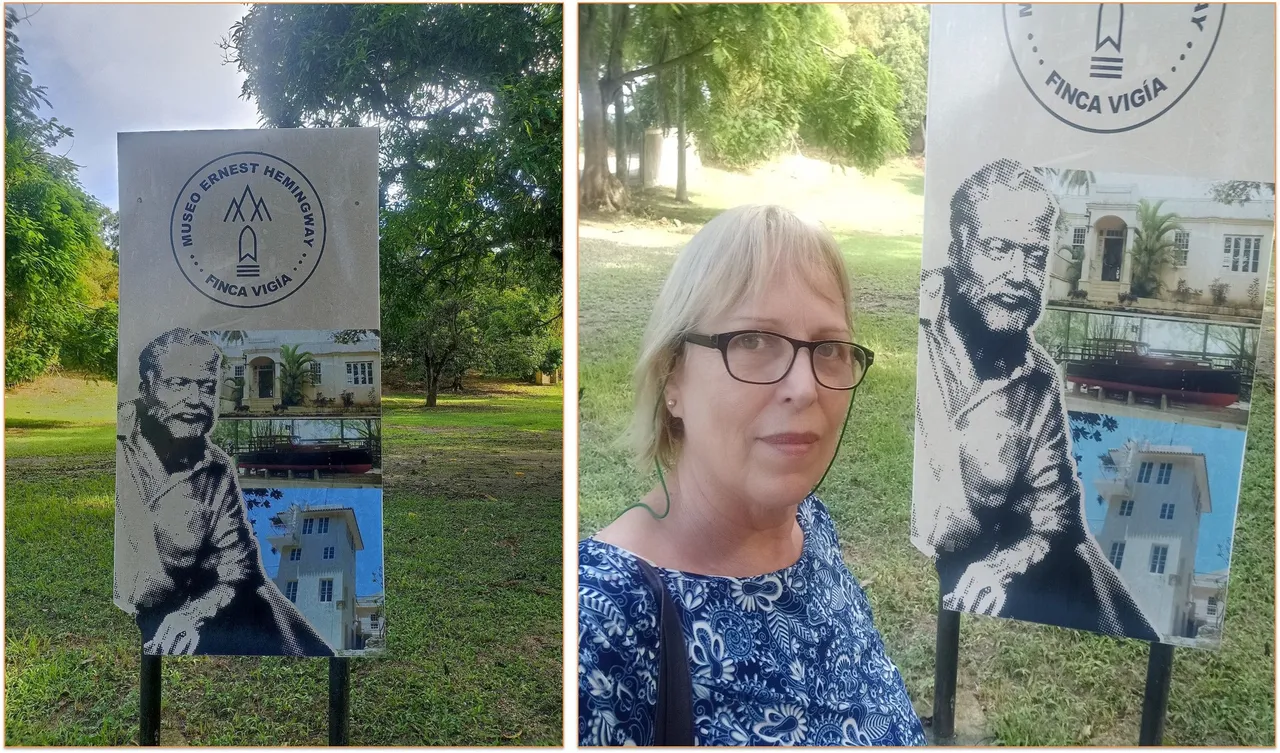
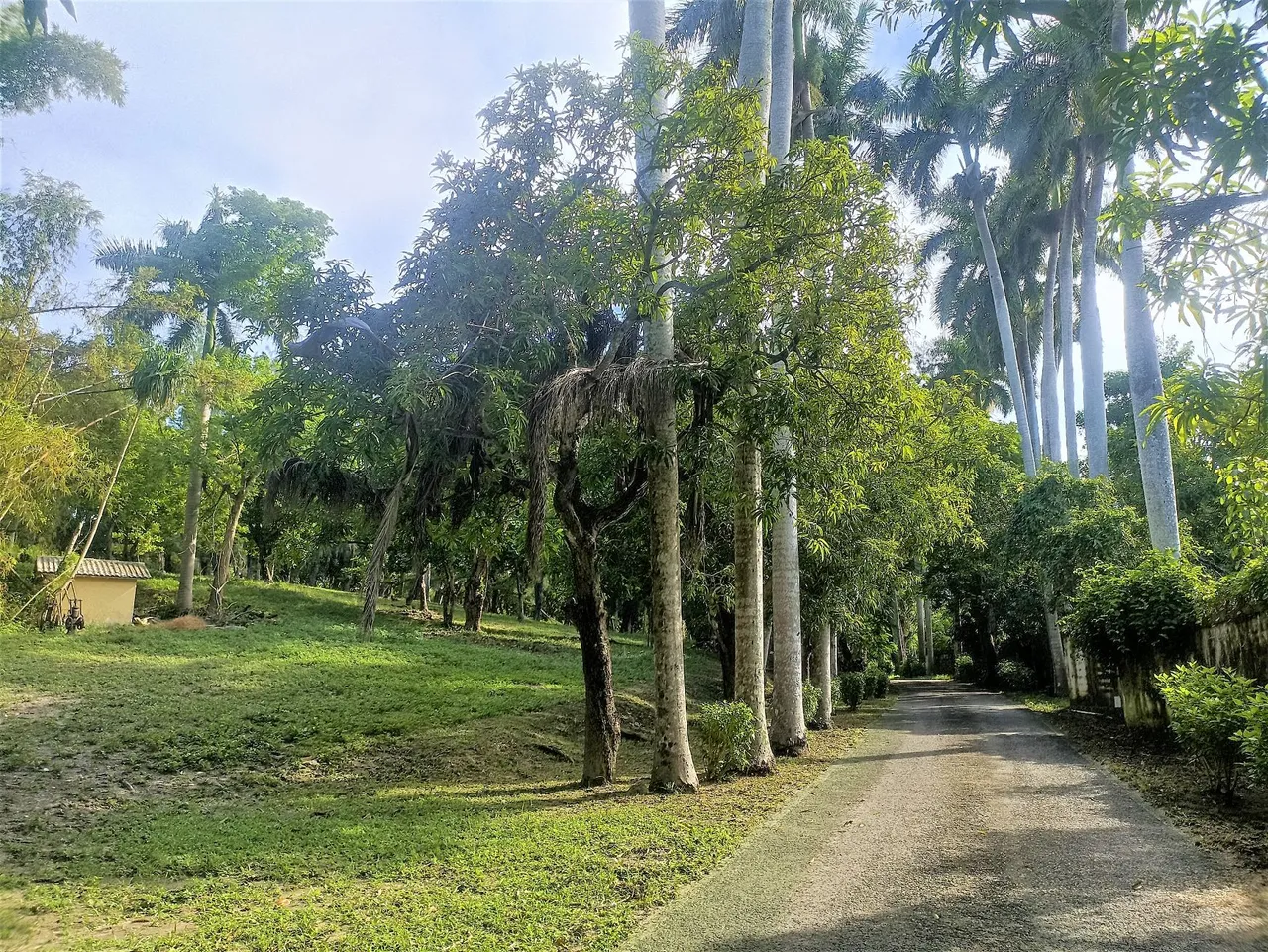
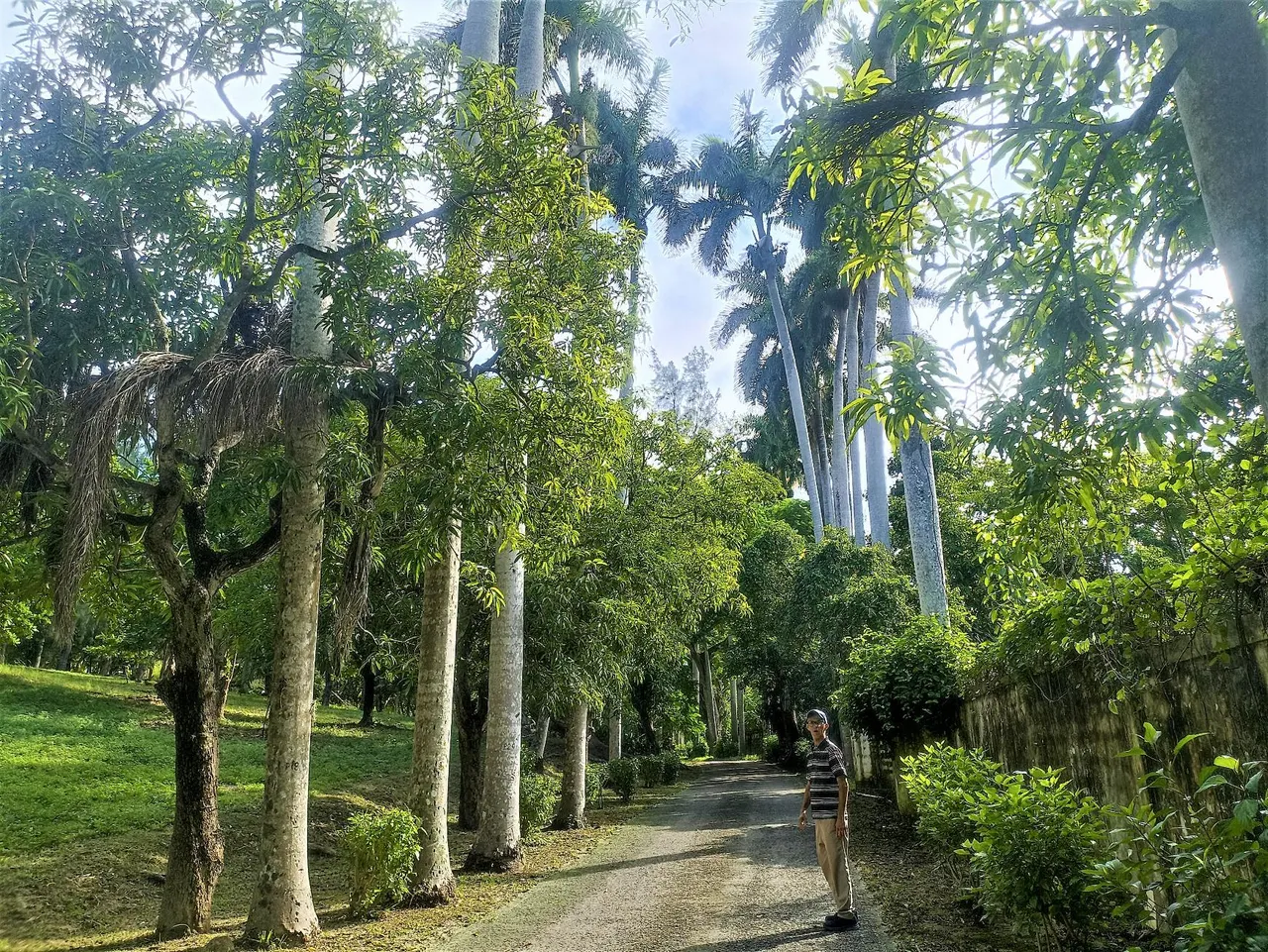
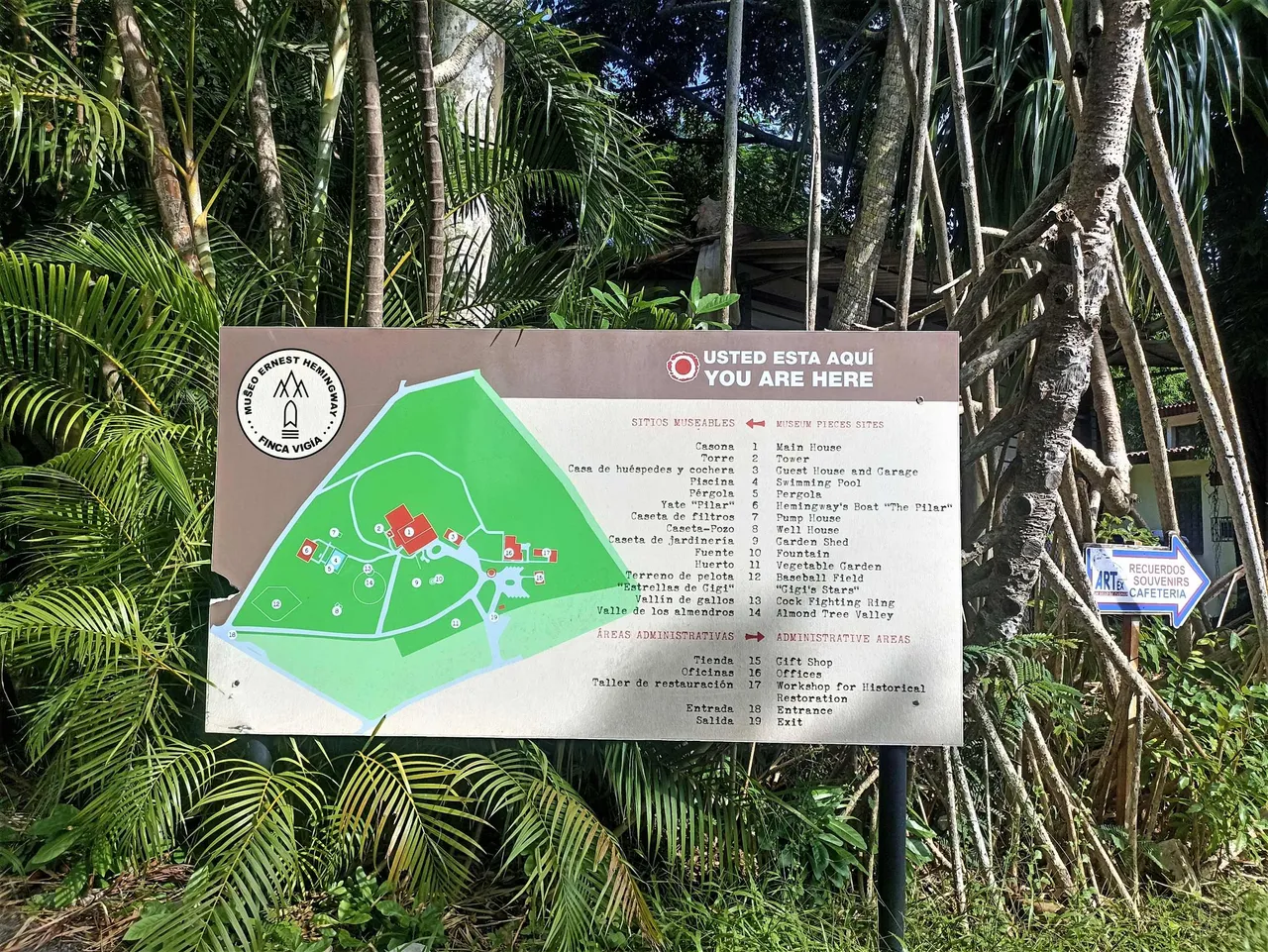
Before finding the main house we see the guest house which is made of wood, two stories with a gable roof, it is a very appropriate construction for the hot weather we have most of the year, as the wood is much cooler and the roof covered with ceramic tiles insulate the heat. This house is closed to the public and shows great signs of deterioration which is a pity, I hope it will be restored soon.
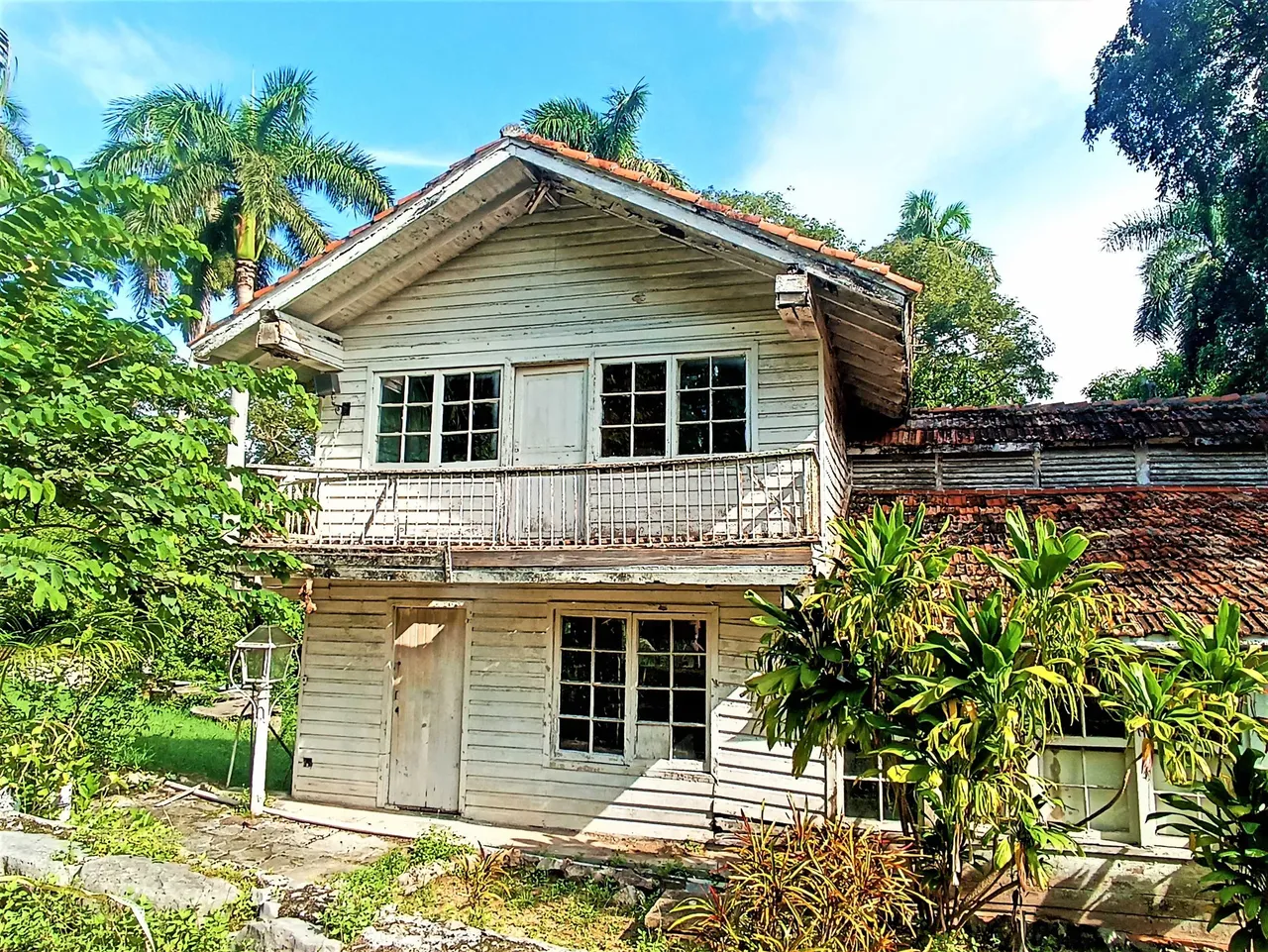
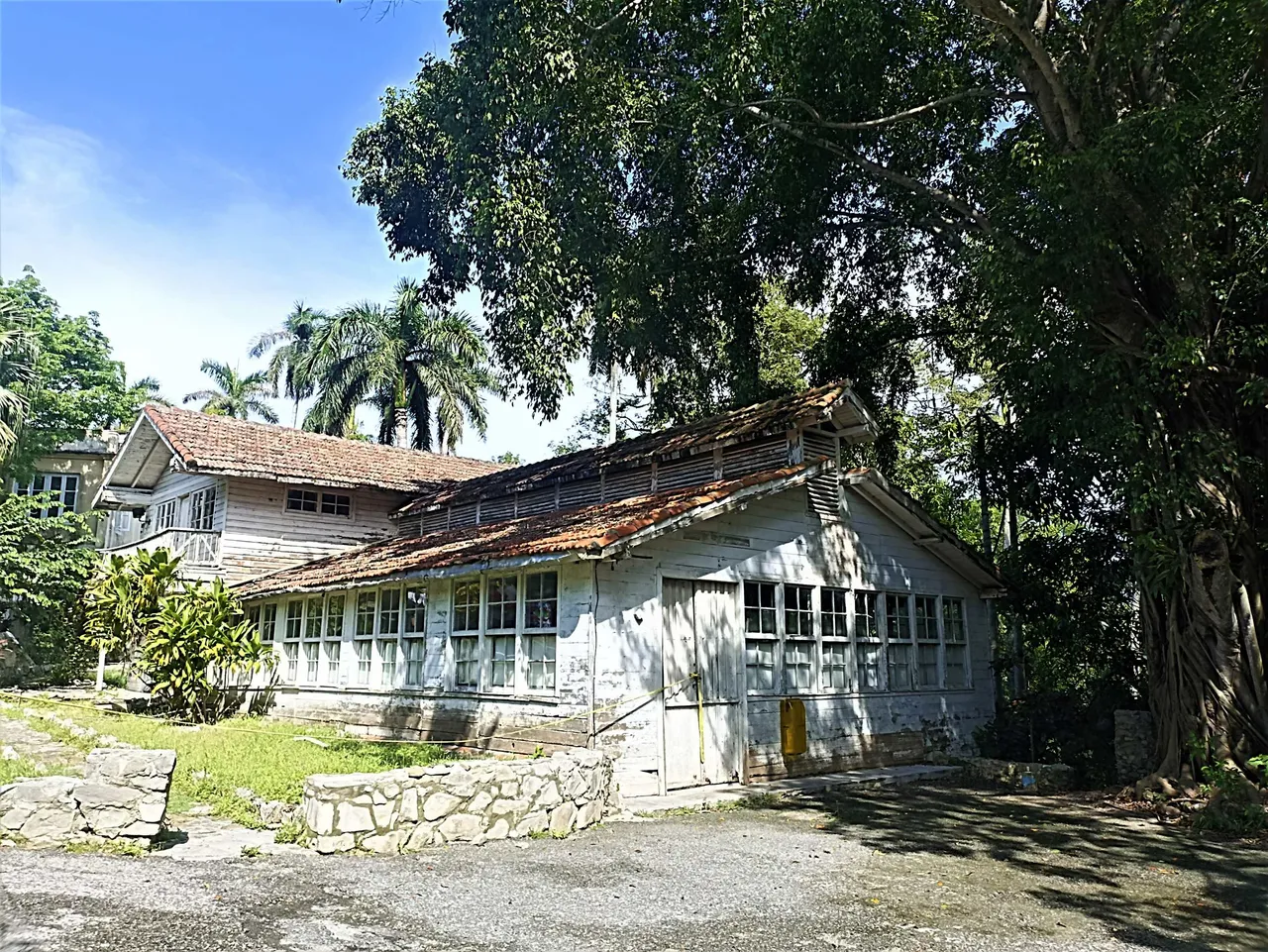
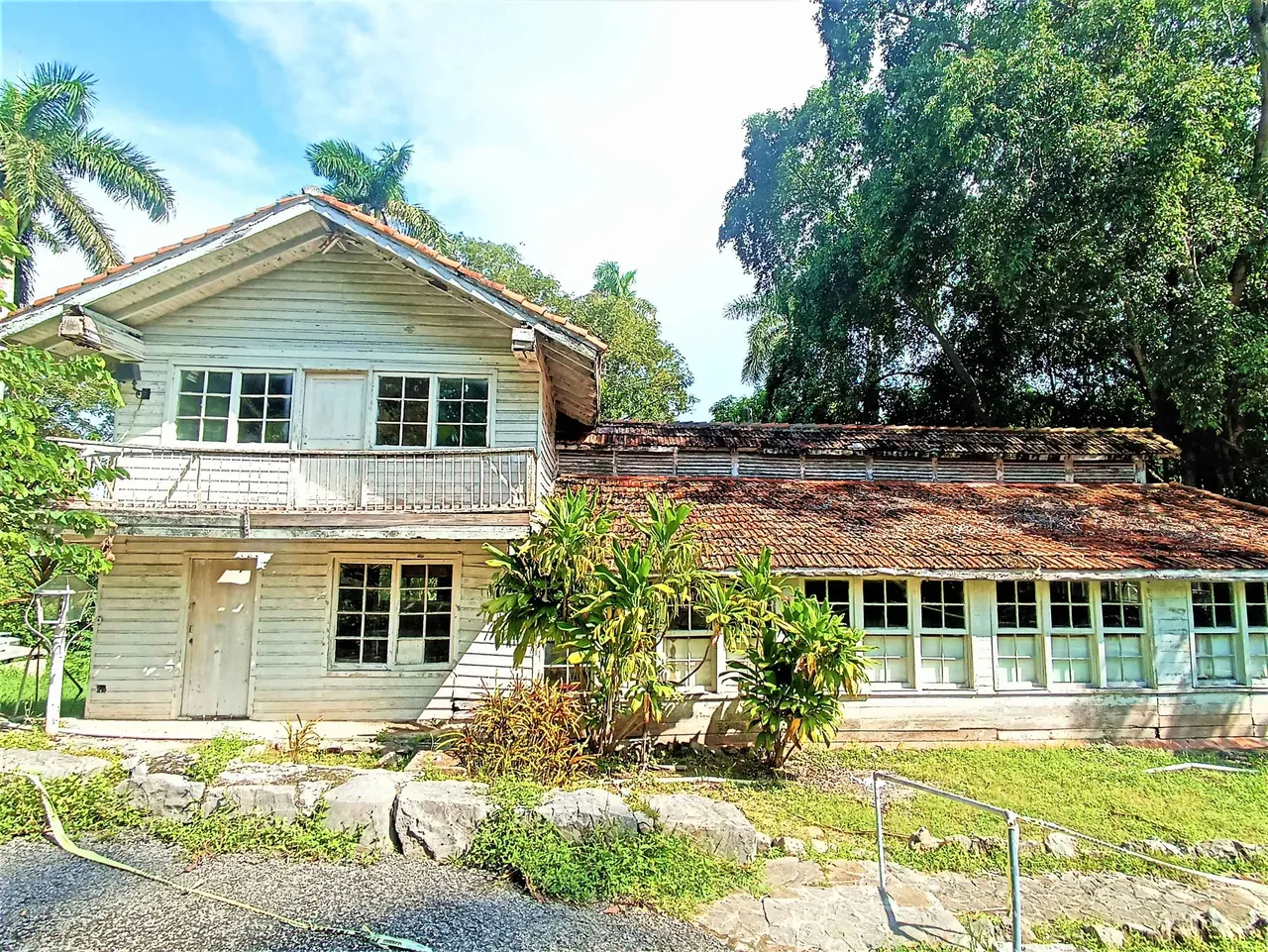

And at last we arrive at Hemingway's main house, located on the highest part of the hill so it is reached by stairs. There is a beautiful ceiba tree in front of it giving shade at its entrance.
It has only one floor, but it is very spacious and has several rooms. It is of colonial style, the roof is high and of concrete with interior arches, the walls are of light colored masonry, large wooden windows painted white with transparent glass that allow natural lighting inside the house.
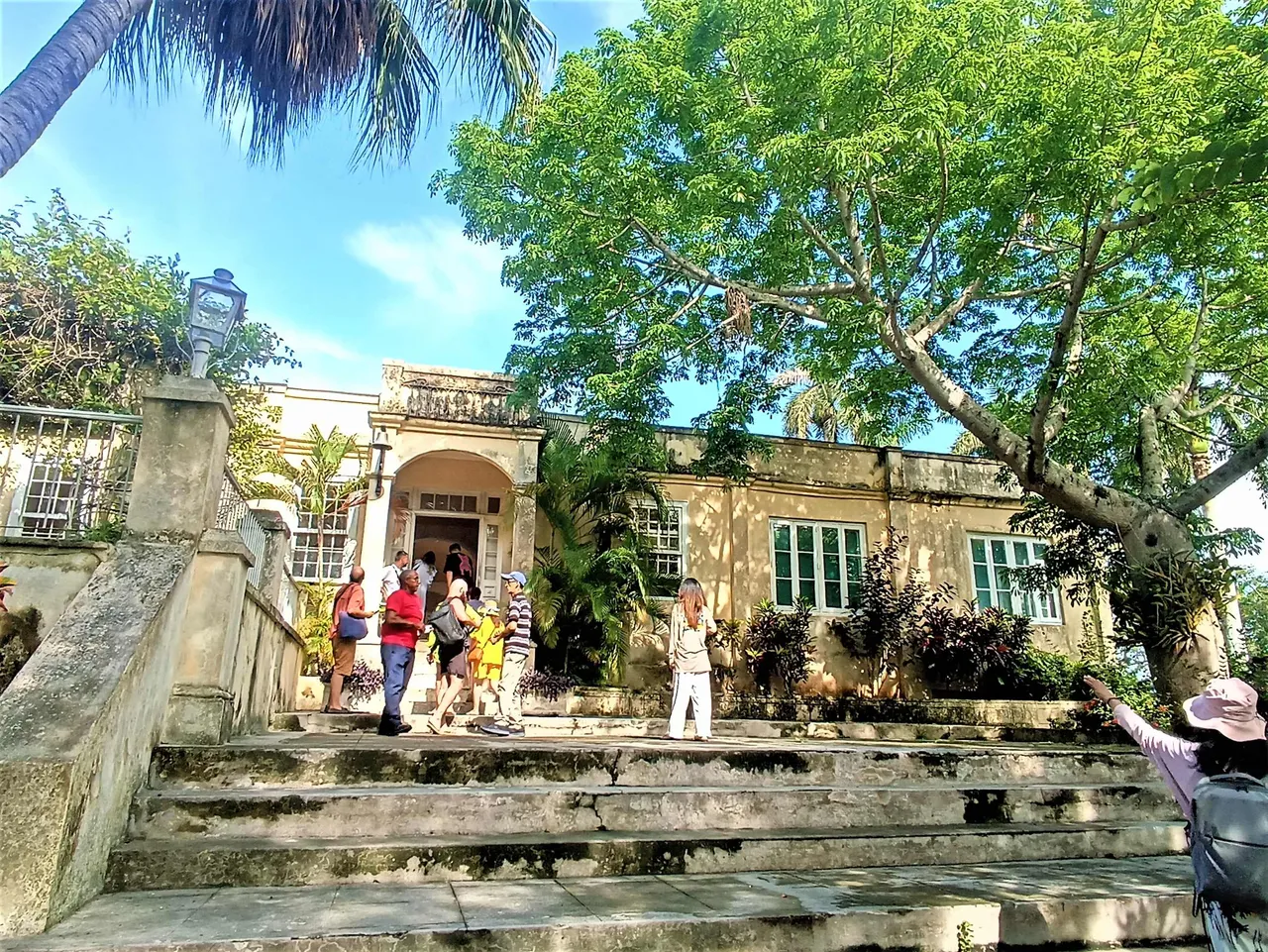

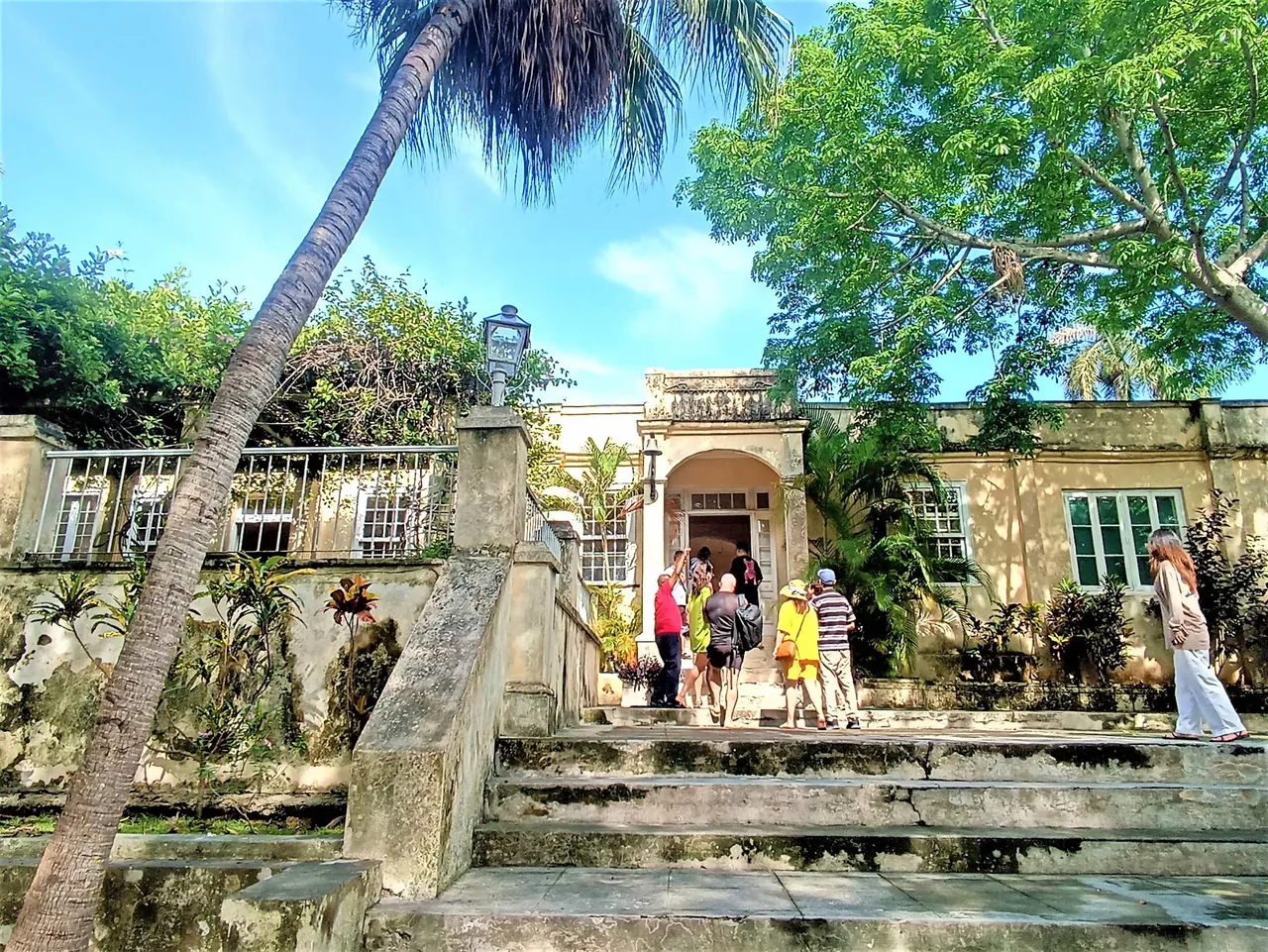
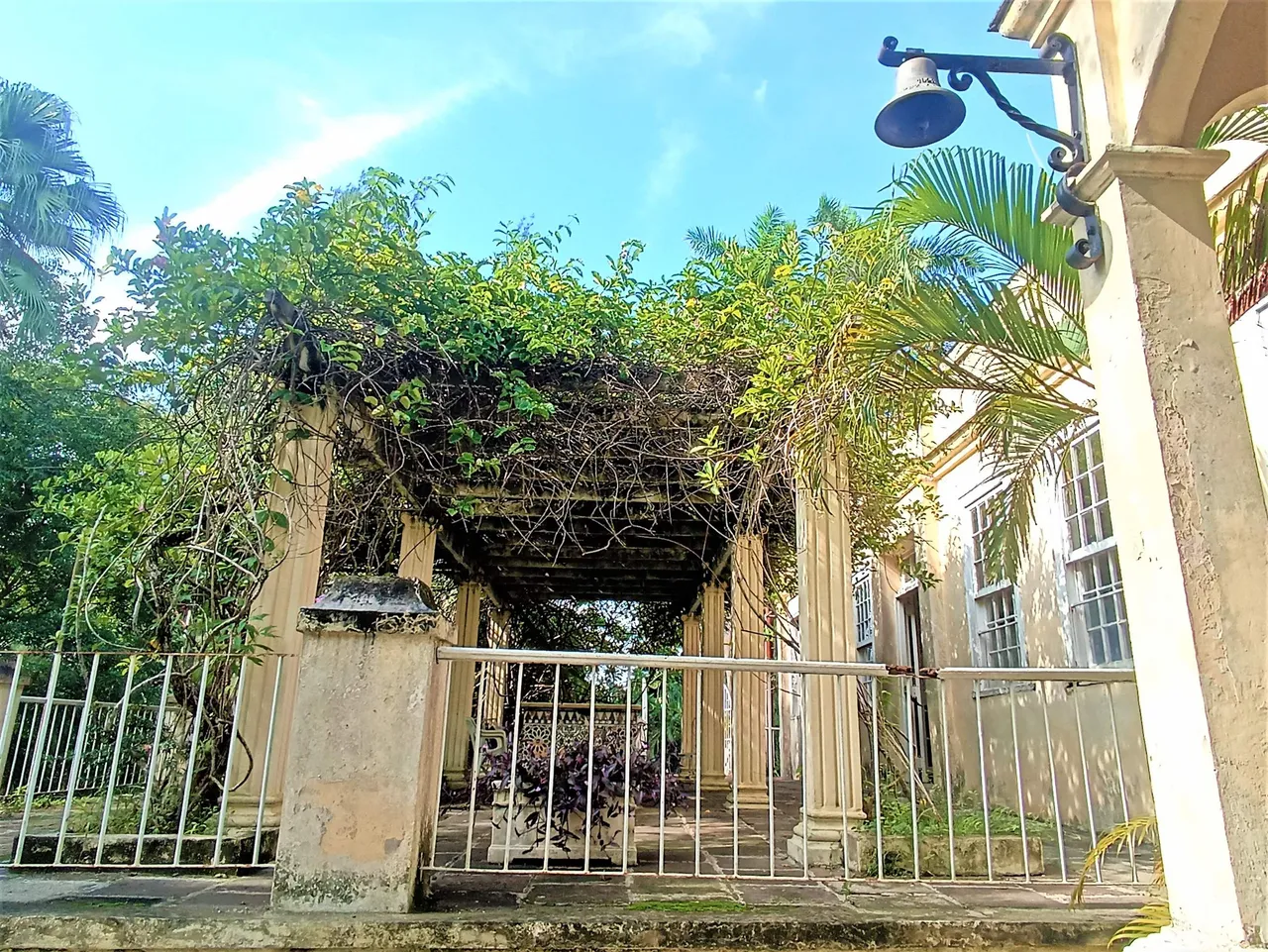

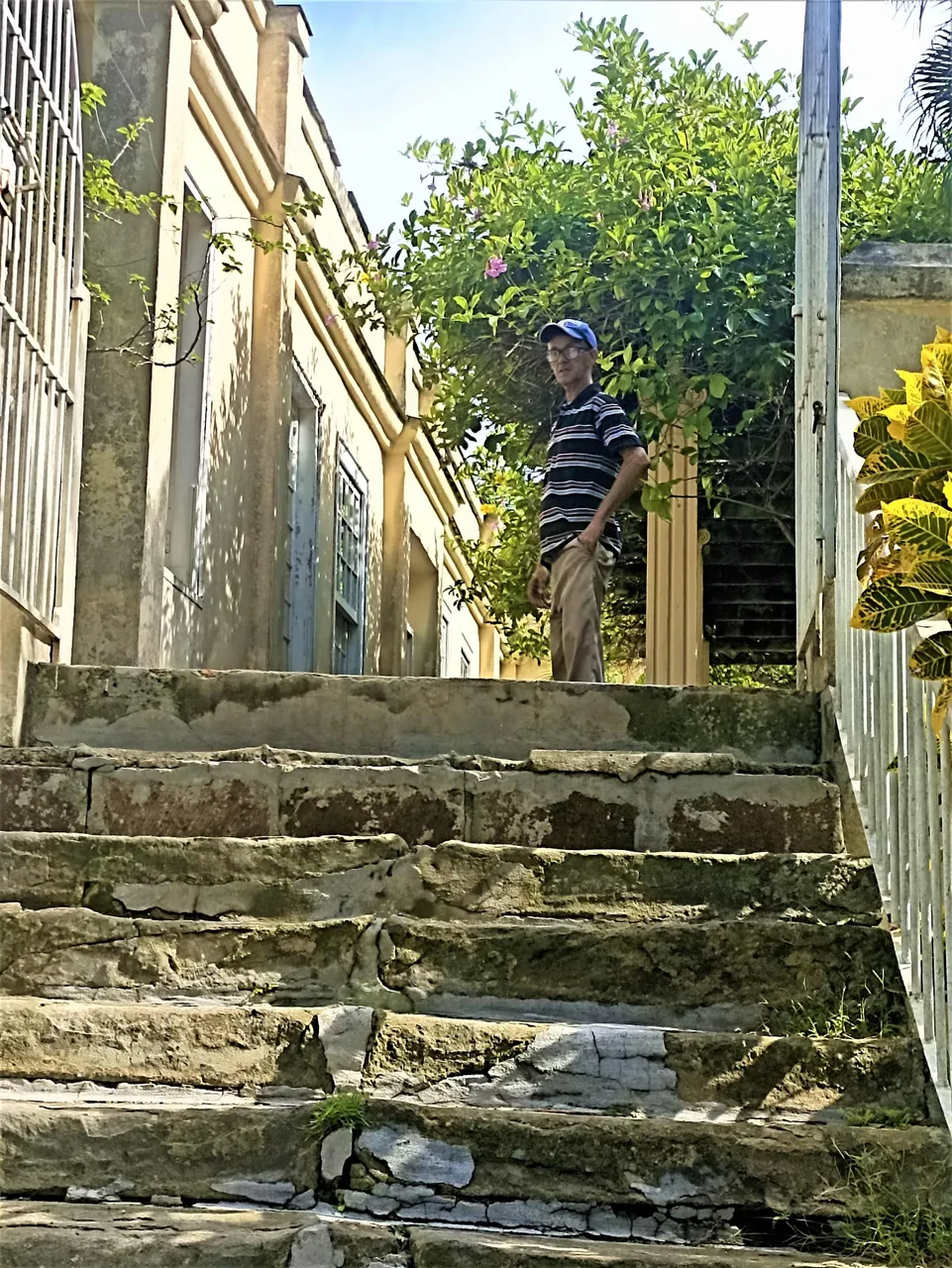
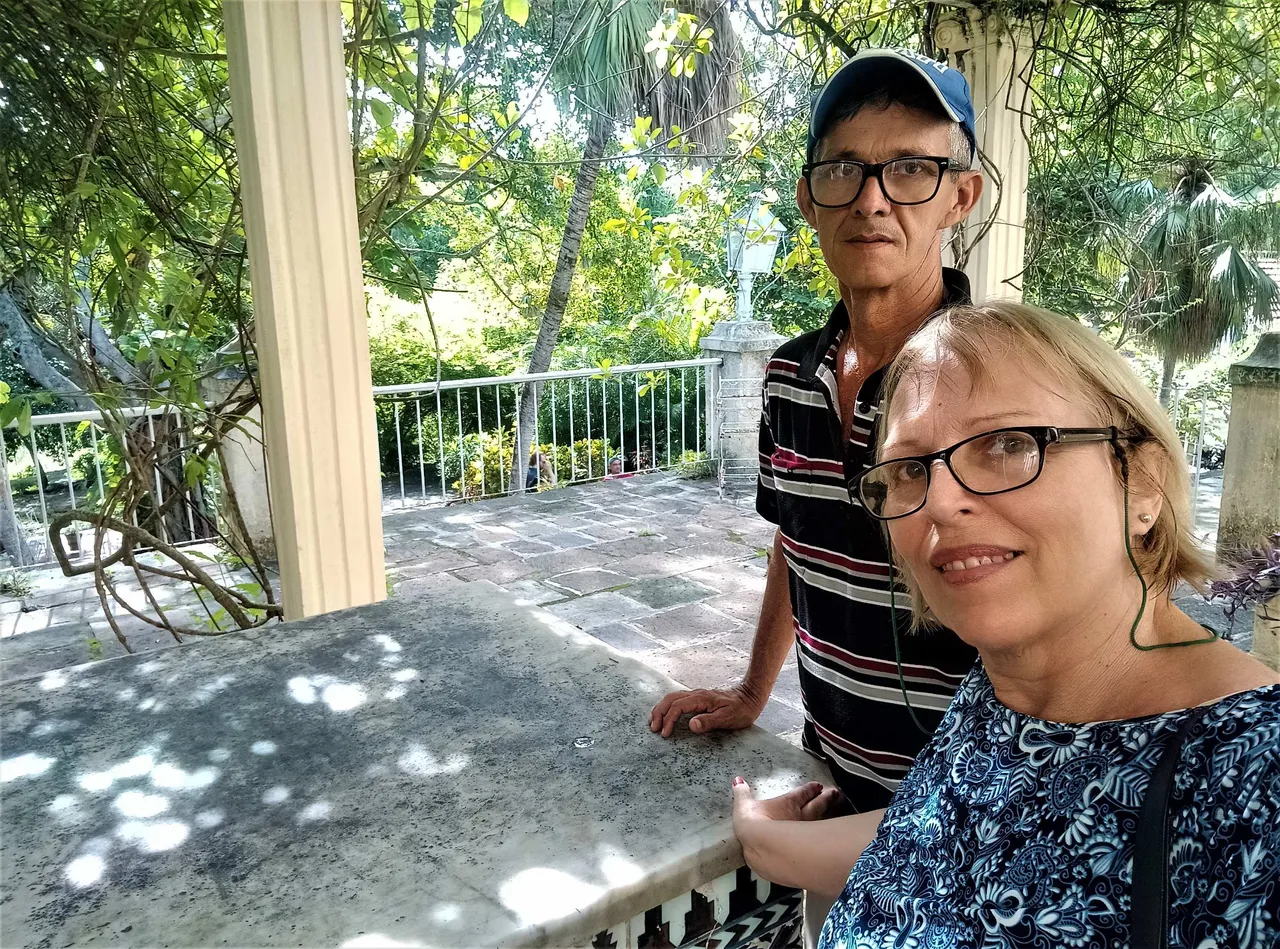
Visitors are not allowed to enter, but we can see everything through its open doors and windows. When I stood at the entrance and saw his living room with all the furniture and personal objects I imagined Hemingway sitting reading one of his books, which exceed 9000 that are distributed among all the rooms. And I also imagined him tuning his favorite radio station to listen to Cuban music and news on Radio Reloj station.
I liked very much a picture with Hemingway's face, I show it to you inclined because of the difficulty he had to take the picture and make it look good.
I was struck by the number of hunting trophies hanging on the walls and also in other parts of the rooms. I also enjoyed seeing the valuable works of art and numerous objects that came from different parts of the world where he was.
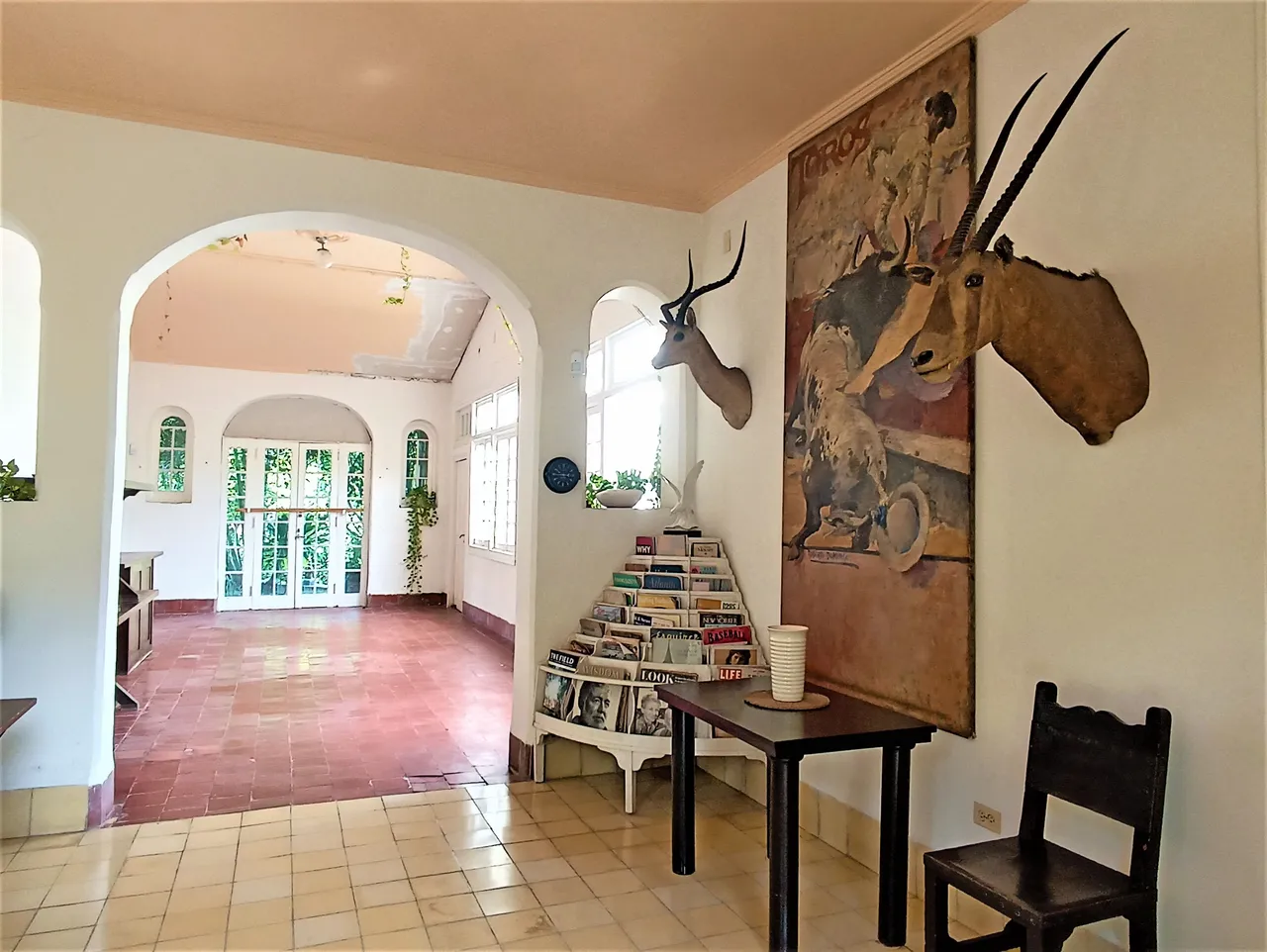
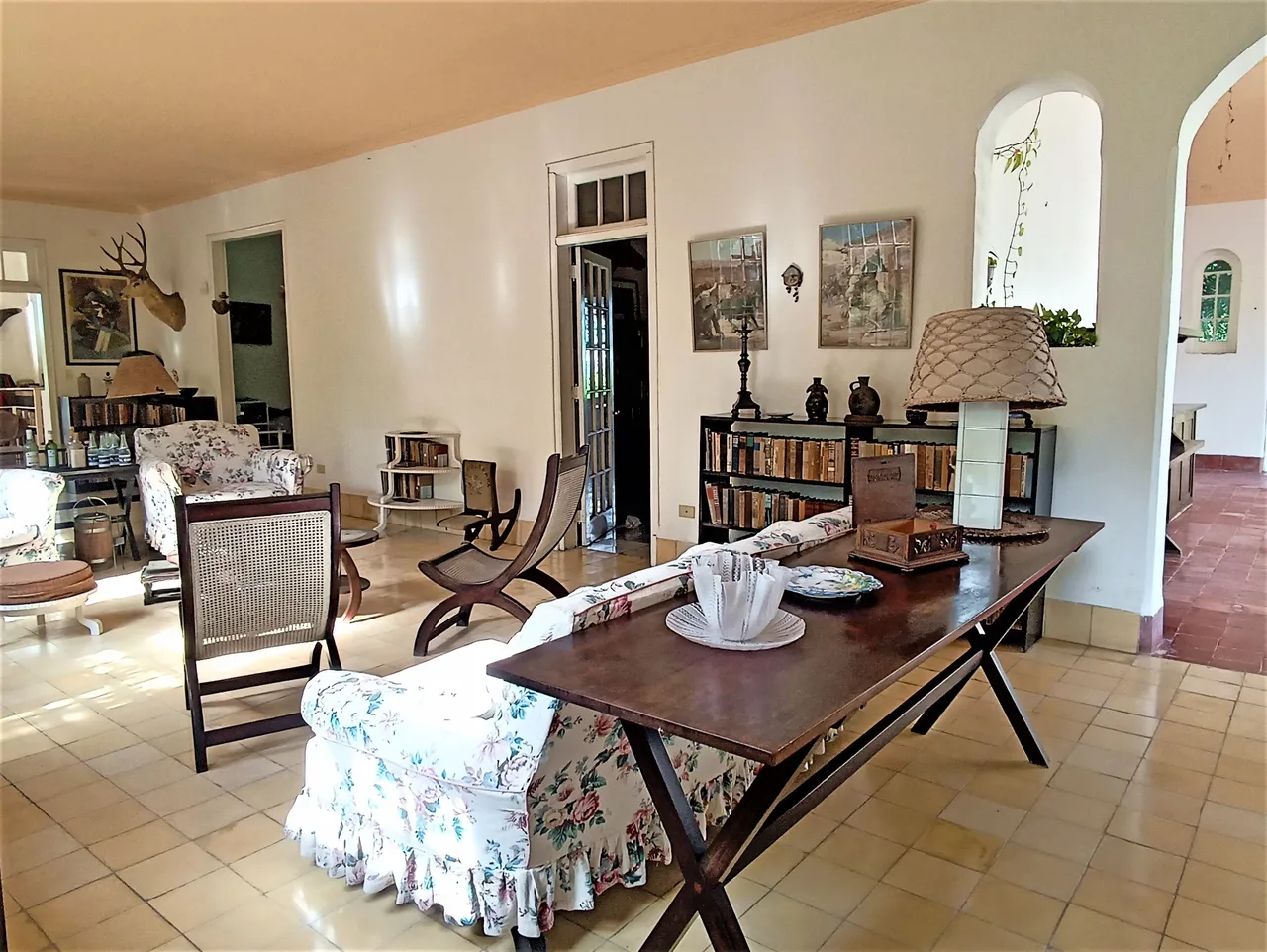
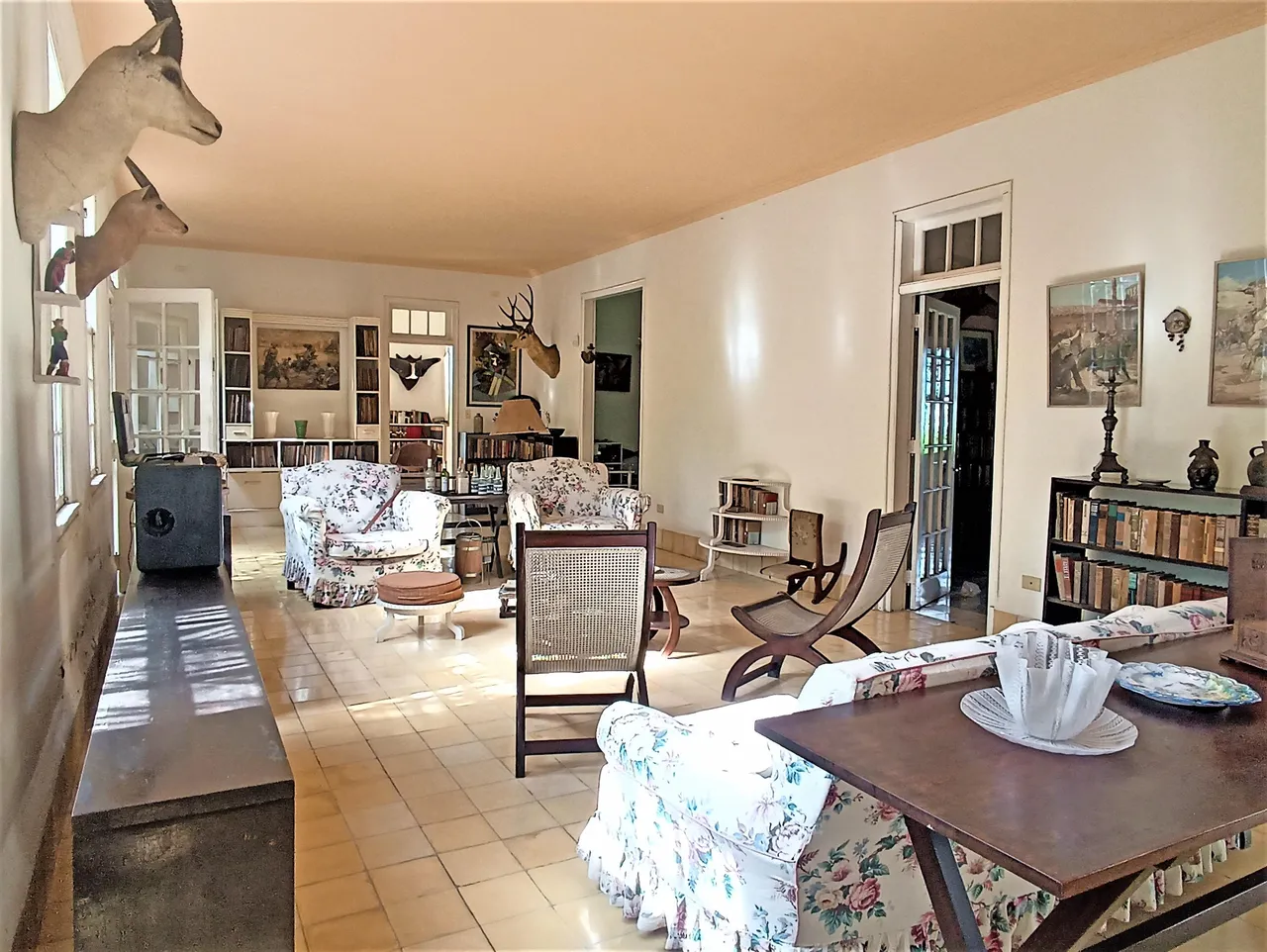
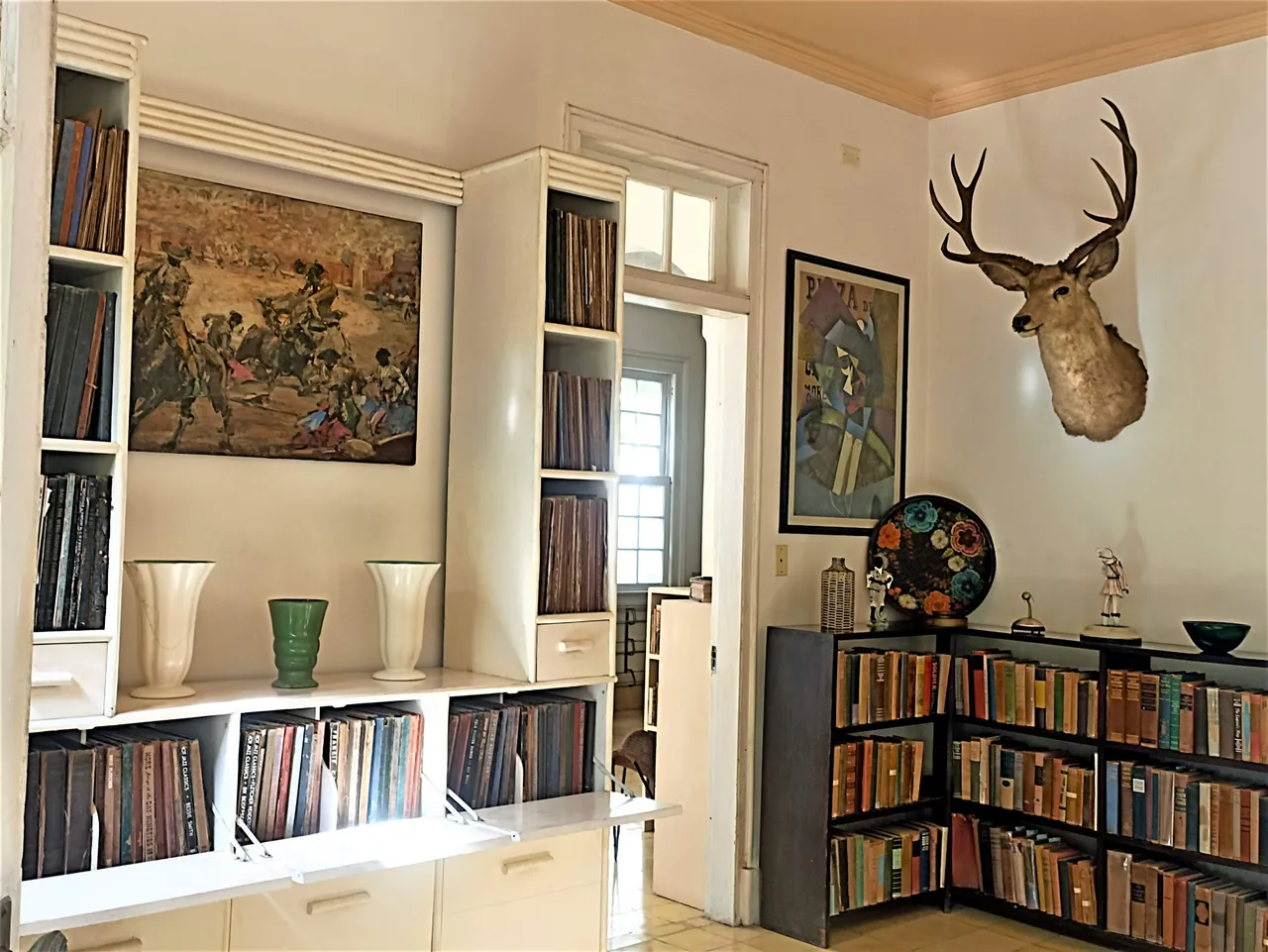
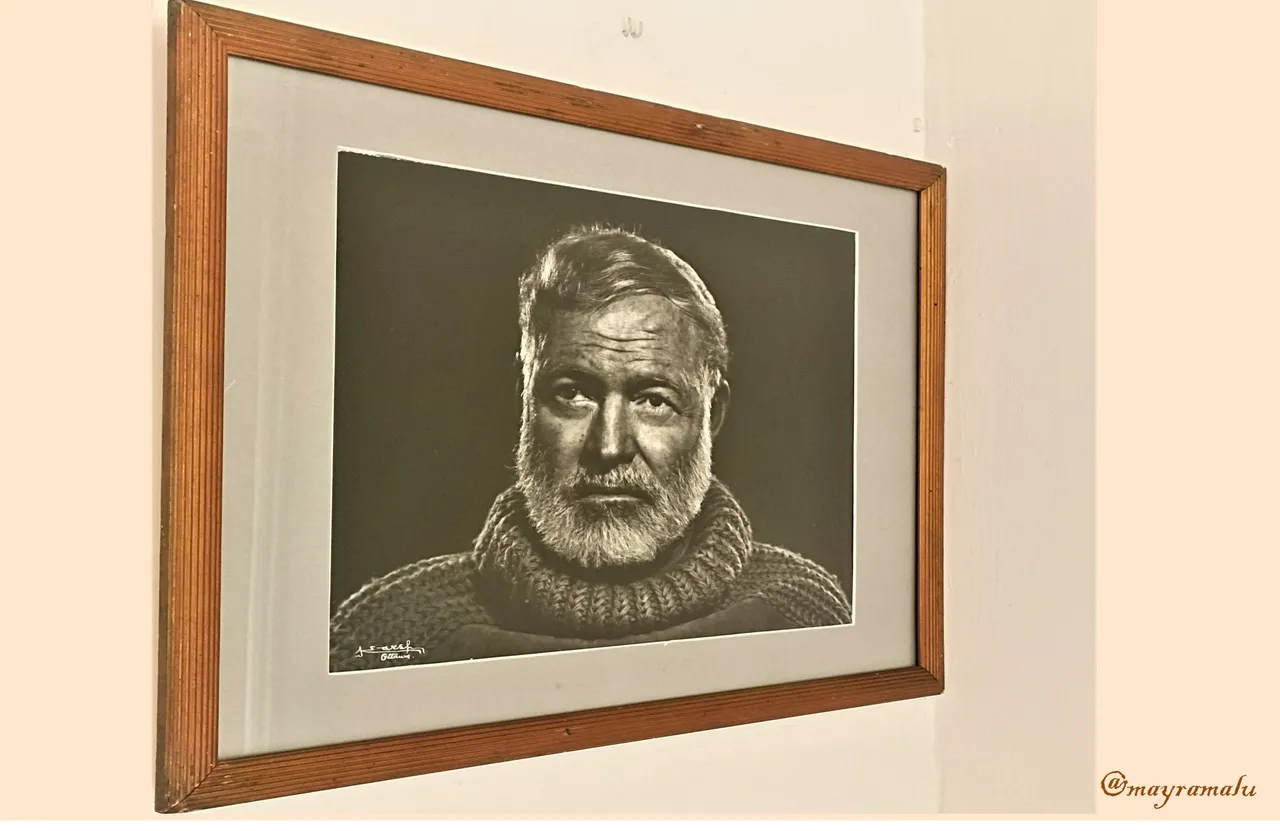
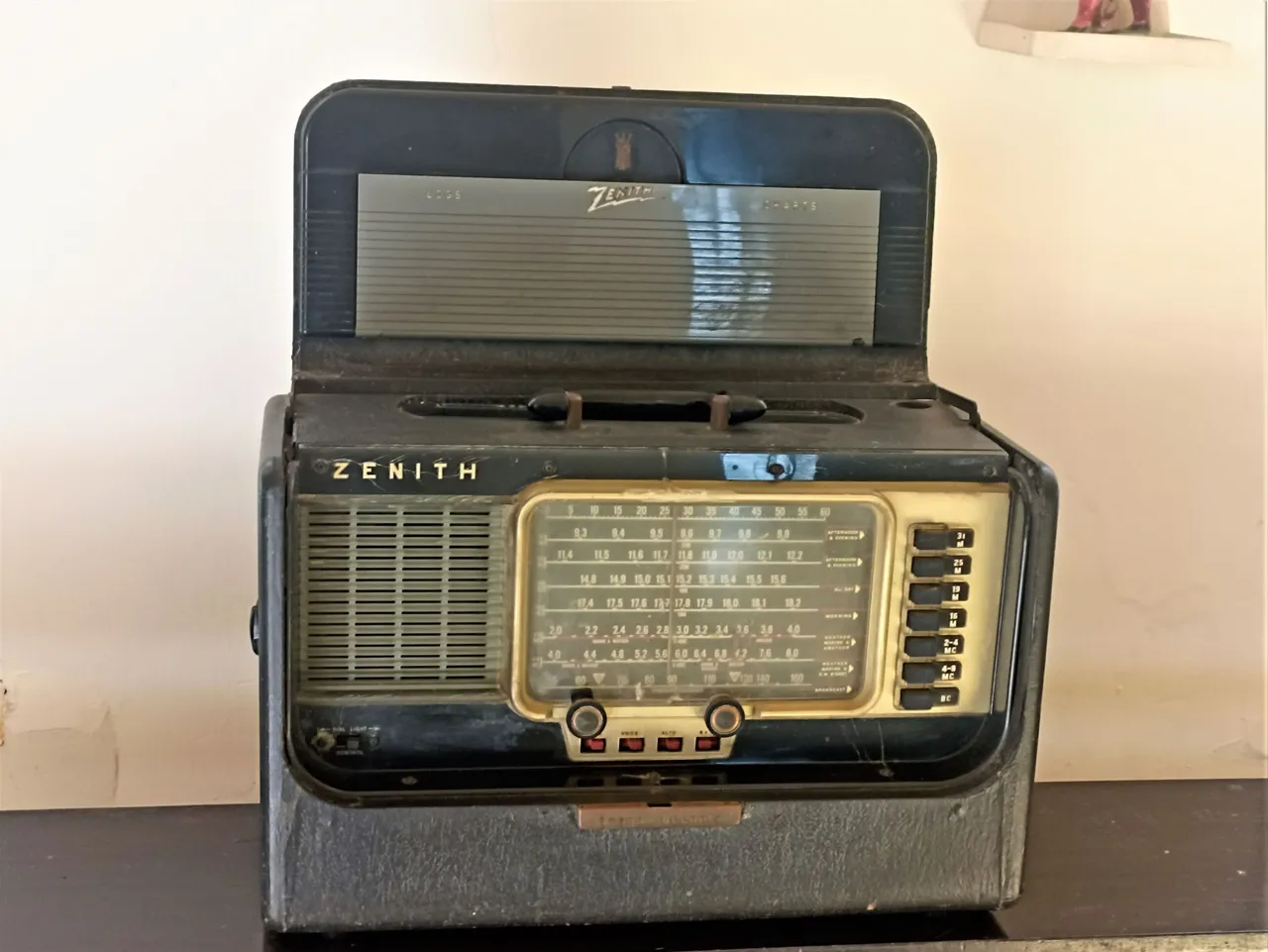
The room prepared for work has large bookshelves and a very elegant desk, although he preferred to write in his bedroom, something curious is that he wrote standing up with the typewriter on the bookshelf, just where the typewriter is now.

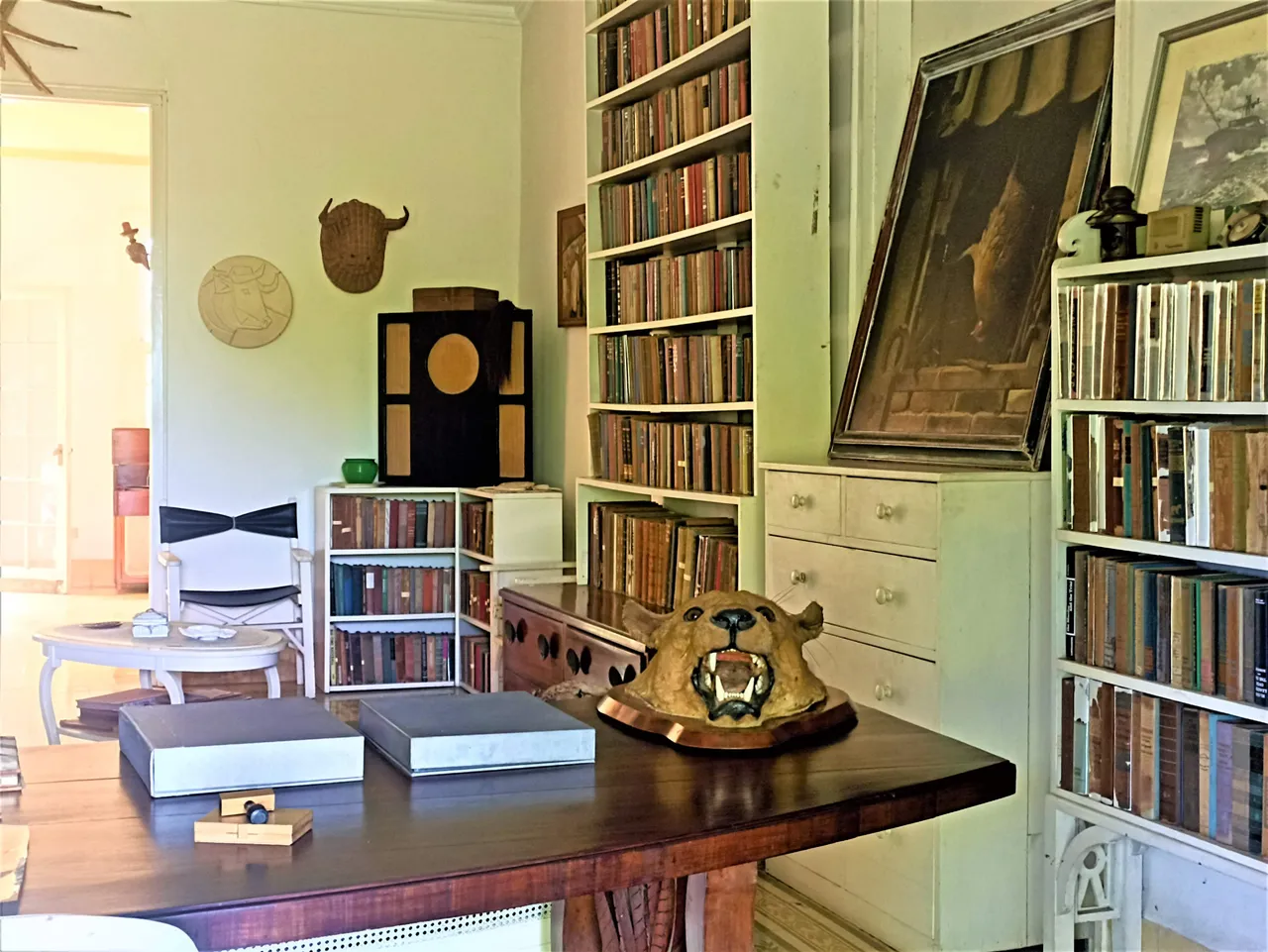

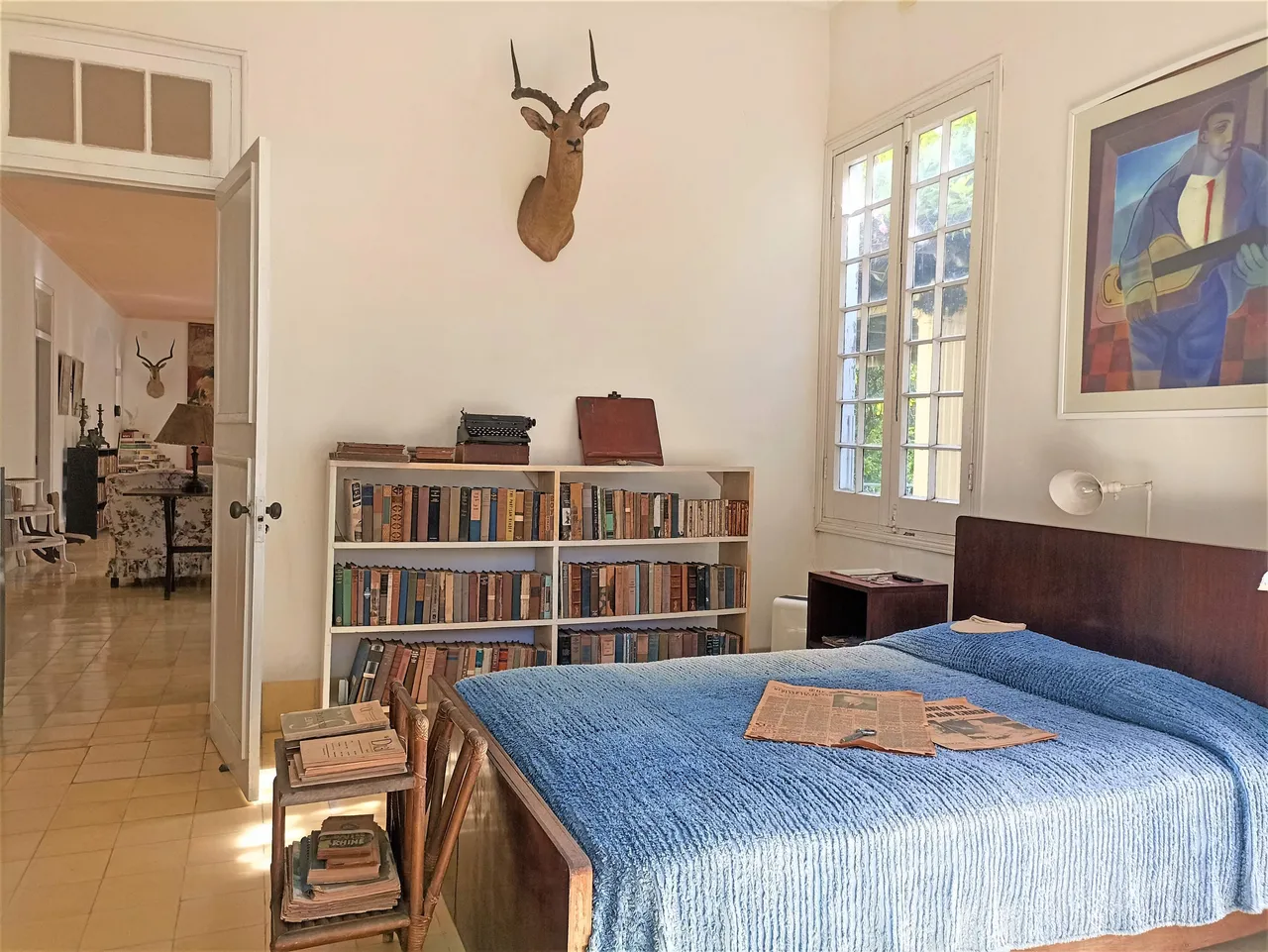
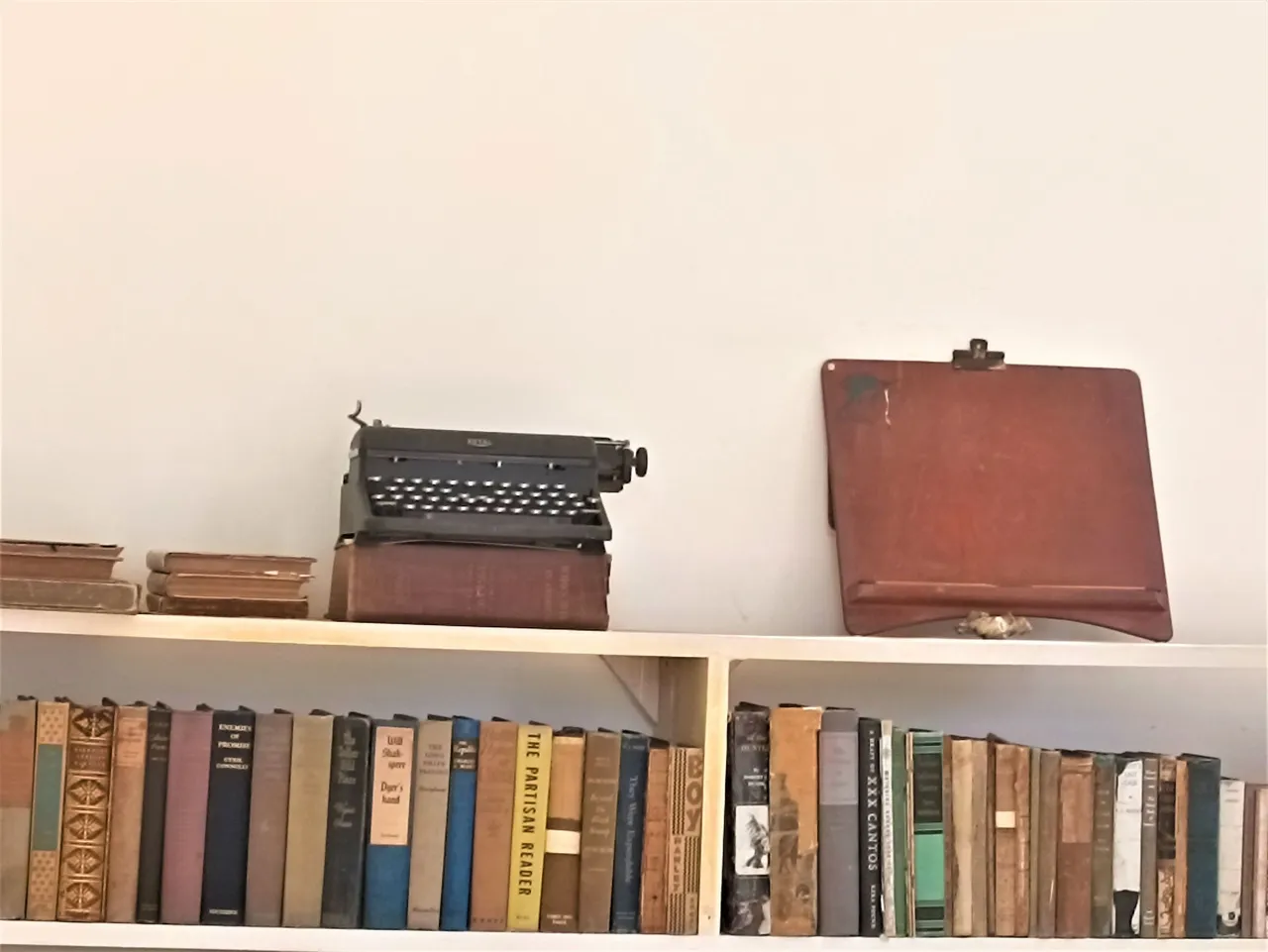

It is very gratifying to see that the house retains all his personal items arranged where he had them when he left Cuba in 1960.
During the time he lived here he wrote several bestsellers, he loved the tranquility of the place that allowed him to be inspired by the silence and the sound of the birds.
I still have some very important things to show you about this museum, but this publication is already very extensive so I promise to make another publication soon, it is worthwhile to know how was the life of this important writer in an estate designed with the comforts for writing and also for the recreation of both Hemingway and his family, friends and animals that were also part of his family.
I hope you enjoyed learning about this important museum and its history.
See you soon!
The historical data were taken from this site
VERSIÓN EN ESPAÑOL
Museo Ernest Hemingway en La Habana
Estimados amigos de esta bella comunidad de Arquitectura y Diseño, hoy tengo el gran placer de compartir con ustedes una experiencia muy hermosa, es un sueño que quería hacer realidad desde hace mucho tiempo y por diferentes razones no lo había logrado.
Este fin de semana visité junto a mi esposo la casa donde el gran escritor norteamericano Ernest Hemingway vivió en Cuba durante 21 años entre 1939 y 1960. La casa está situada en la Finca Vigía, en la cima de una colina del barrio de San Francisco de Paula, en las afueras de la ciudad de La Habana.
Desde que entramos en la finca, en cada paso que dábamos nos embargaba gran ansiedad y aumentaba el deseo de llegar a su vivienda y adentrarnos en la historia de la vida de este ilustre escritor. La densa vegetación nos acogió, sentimos el frescor que nos daba la sombra de los árboles, muchos de ellos de mango, también abundan la Palma Real y el Bambú. Nos encontramos con un mapa con la ubicación de cada sección de la extensa finca de 4 hectáreas.
Antes de encontrar la casa principal vemos la casa destinada a los huéspedes que es de madera, de dos pisos con techo a dos aguas, resulta ser una construcción muy apropiada para el clima caluroso que tenemos en la mayoría del año, ya que la madera es mucho más fresca y el techo cubierto de tejas de cerámica aíslan el calor. Esta casa está cerrada al público y muestra grandes signos de deterioro lo cual es una pena, espero que se restaure próximamente.
Y al fin llegamos a la casa principal de Hemingway, situada en la parte más alta de la colina por lo que se llega a ella a través de escaleras. Hay una hermosa ceiba en su frente dado sombra en su entrada. Es de una sola planta, pero es muy amplia y tiene varias habitaciones. Es de estilo colonial, el techo es alto y de concreto con arcos interiores, las paredes son de mampostería de color claro, grandes ventanas de madera pintadas de blanco con cristales transparentes que permiten una iluminación natural en el interior de la casa.
A la izquierda de la entrada principal se observa una terraza techada con plantas, pero su entrada es por unas escaleras en el lado oeste de la casa.
No se permite la entrada de los visitantes, pero podemos divisarlo todo a través de sus puertas y ventanas abiertas.
Al pararme en su entrada y ver su sala con todos los muebles y objetos personales me imaginé a Hemingway sentado leyendo uno de sus libros, que superan los 9000 ejemplares que están distribuidos entre todas las habitaciones. Y también me lo imaginé sintonizando en su radio su emisora favorita para escuchar la música cubana y las noticias en Radio Reloj. Me gustó mucho un cuadro con el rostro de Hemingway, se los muestro inclinado por la dificultad que tenía para tomar la foto y quedara bien.
Me llamó la atención la cantidad de trofeos de caza que se encuentran colgados en las paredes y también en otras partes de las habitaciones. También disfruté ver las valiosas obras de arte y numerosos objetos que provenían de diferentes partes del mundo donde él estuvo.
La habitación destinada al trabajo tiene grandes estantes para libros y una mesa escritorio muy elegante, aunque él prefería escribir en su dormitorio, algo curioso es que escribía de pie con la máquina sobre el estante de libros, justo donde se encuentra la máquina de escribir ahora.
Es muy gratificante ver que la casa conserva todos sus objetos personales dispuestos donde él los tenía cuando partió de Cuba en 1960.
Durante el tiempo que vivió aquí escribió varios bestsellers, le gustaba mucho la tranquilidad del lugar que le permitía inspirarse con el silencio y el sonido de las aves.
Aún me quedan cosas muy importantes que mostrarles de este museo, pero ya esta publicación es muy extensa por tanto les prometo realizar en breve otra publicación, merece la pena conocer como fue la vida de este importante escritor en una finca diseñada con las comodidades para la escritura y también para la recreación tanto de Hemingway como de sus familiares, amigos y animales que eran también parte de su familia.
Es mi deseo que les haya gustado conocer este importante museo y su historia.
Los datos históricos fueron tomados este sitio
¡Hasta Pronto!
